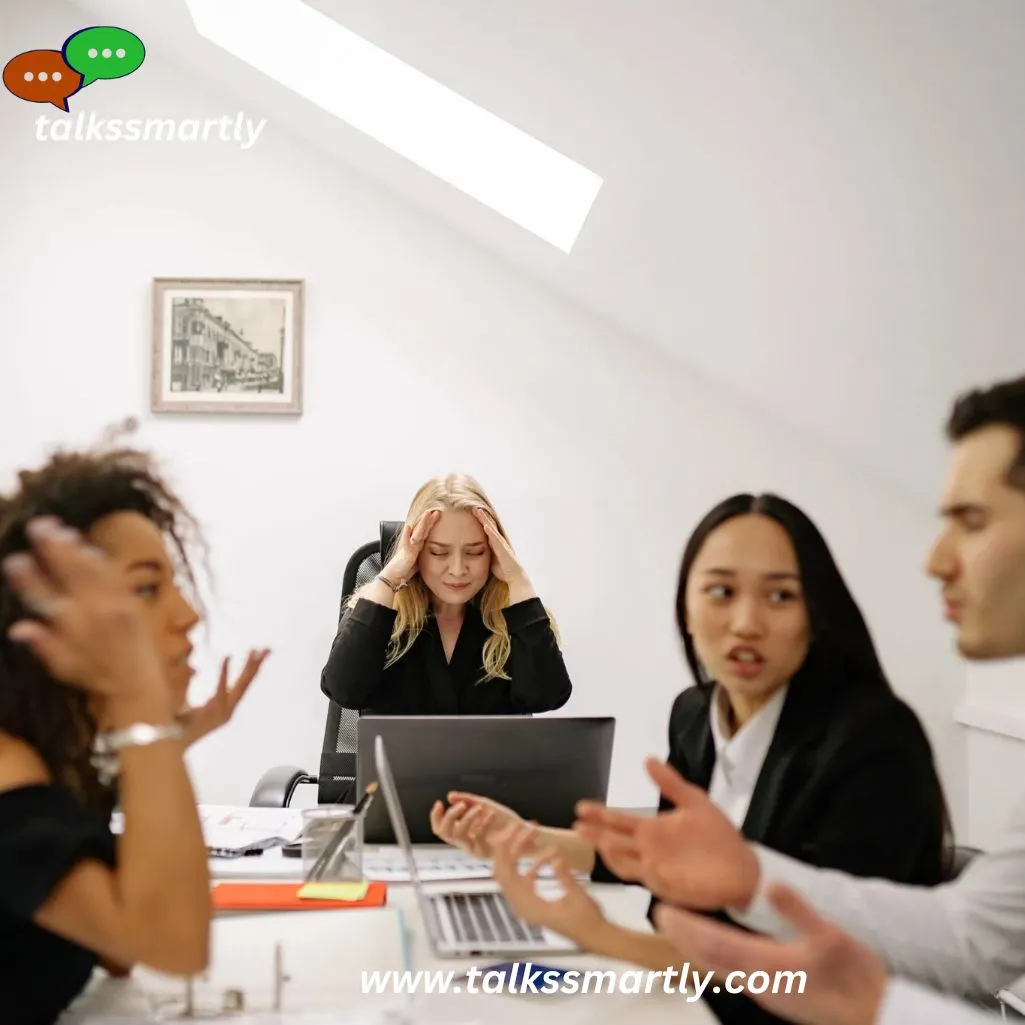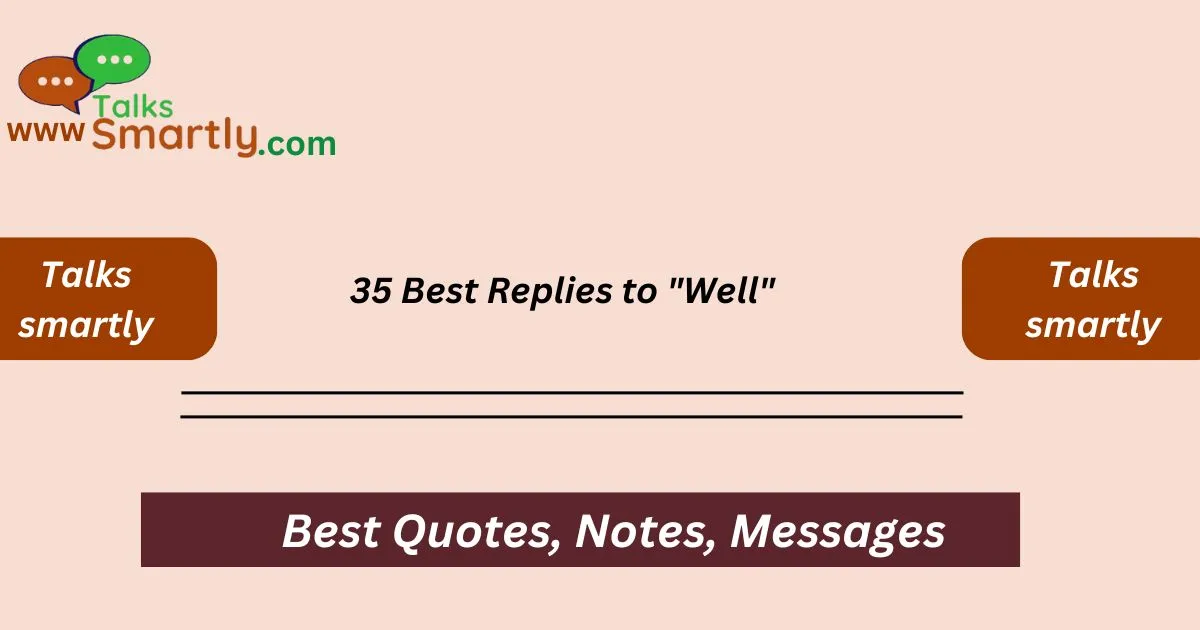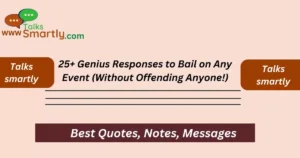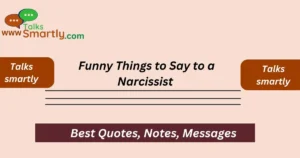“The best ways to respond when someone says “Well” with our list of creative and thoughtful replies that keep the conversation flowing smoothly”
We’ve all been there—someone says replies to”Well” in a conversation, and you’re left wondering what exactly they mean or how to respond. Sometimes, it’s a way to pause, gather thoughts, or even signal the start of a tricky topic.
Whatever the case, knowing how to reply can save you from awkward silences or misunderstandings. In this blog post, we’ll explore the 35 best responses to “Well,” providing you with ideas to keep the conversation engaging and smooth.
Whether you’re chatting with friends, colleagues, or family, having a few go-to replies can make a huge difference. These responses will help you handle different situations, from casual chats to more serious discussions. So, next time someone says “Well,” you’ll be ready to reply confidently and effectively.
By the end of this post, you’ll have a solid list of replies that fit different contexts and tones. Whether it’s to lighten the mood, continue a conversation, or redirect it, these responses will make you feel more comfortable in any exchange. Save this post or share it with a friend who could use a little conversation boost too!
35 Best Replies to “Well”
- That’s interesting! Tell me more.
- What were you going to say?
- Go ahead, I’m listening.
- Well, indeed!
- I see where you’re coming from.
- Well, what’s next?
- That sounds like a start.
- Well, that’s something!
- So, what do you think?
- And what about that?
- Well, this is intriguing.
- Can’t wait to hear the rest.
- Well, that’s a good point.
- Is that so?
- Well, that explains a lot.
- Well, I hadn’t thought of that.
- Well, I agree.
- Well, what’s your take on it?
- Well, that’s one way to put it.
- Well, let’s dig deeper.
- I’m curious, what next?
- Well, what’s your opinion?
- I can see why you think that.
- Well, let’s hear the rest.
- Well, that’s a perspective!
- Well, what a twist!
- Well, tell me more about that.
- Well, now I’m intrigued.
- Well, you’ve got my attention.
- Well, I never thought of it that way.
- Well, could you elaborate?
- Well, I’d love to hear more.
- Well, go on.
- Well, let’s dive into it.
- Well, that’s something to think about.
1. That’s interesting! Tell me more.
When someone says “Well,” they might be hesitating or thinking about how to proceed. Replying with “That’s interesting! Tell me more” encourages them to continue without feeling rushed.
Example:if a friend says, “Well… I’m not sure if I want to go to the party,” you could respond, “That’s interesting! Tell me more about what’s on your mind.”
2. What were you going to say?
Sometimes “Well” is a pause before someone shares an important thought. Asking, “What were you going to say?” shows you’re interested and ready to listen.
Example:For instance, if a colleague says, “Well… I have an idea,” you can reply, “What were you going to say? I’m all ears!”
3. Go ahead, I’m listening.
This response reassures the speaker that they have your full attention, creating a supportive atmosphere for them to continue.
Example:In a conversation where someone says, “Well… I don’t know,” replying with, “Go ahead, I’m listening,” lets them know you’re open to hearing more.
4. Well, indeed!
Use this to acknowledge what was said and agree with the direction of the conversation. It’s light and adds a touch of humor or agreement.
Example: if someone says, “Well… I guess that’s how it is,” you could respond with, “Well, indeed!” to show understanding.
5. I see where you’re coming from.
This phrase helps you acknowledge the speaker’s perspective, showing empathy and understanding.
Example:If a friend says, “Well, it’s complicated,” you can reply, “I see where you’re coming from,” to make them feel heard.
6. Well, what’s next?

Sometimes “Well” is the start of something new or a shift in the conversation. Asking, “What’s next?” moves things forward naturally.
Example:In a meeting, if someone says, “Well… now that we’ve discussed that,” responding with, “Well, what’s next?” keeps the conversation productive.
7. That sounds like a start.
Encourage the person to continue or expand on their thought by acknowledging that they’re on the right track.
Example: after someone says, “Well, I think we could begin with this idea,” you could respond with, “That sounds like a start. What else do you think?”
8. Well, that’s something!
This response works when you want to acknowledge what someone said without making a strong statement, leaving room for more discussion.
Example:In a casual chat, if a friend says, “Well, I’m considering a career change,” you could respond, “Well, that’s something! Tell me more.”
9. So, what do you think?
Encourage further thoughts or input by shifting the focus back to the speaker, allowing them to elaborate.
Example:after hearing, “Well, it’s hard to decide,” you could reply with, “So, what do you think is the best option?”
10. And what about that?
Sometimes, “Well” can lead into a deeper discussion. Asking, “And what about that?” keeps the conversation flowing without losing momentum.
Example:or instance, in a conversation about future plans, if someone says, “Well, I haven’t fully figured it out,” you can respond, “And what about that? What’s holding you back?”
11. Well, this is intriguing.
If “Well” leads to an interesting or unexpected statement, replying with “This is intriguing” shows your engagement and curiosity.
Example:If a colleague says, “Well, the results weren’t what we expected,” you can reply, “Well, this is intriguing. Let’s dive into the details.”
12. Can’t wait to hear the rest.
This reply encourages the speaker to continue, letting them know you’re fully invested in what they’re saying.
Example:In a casual conversation, if a friend says, “Well… there’s more to the story,” you could respond, “Can’t wait to hear the rest!”
13. Well, that’s a good point.
This phrase acknowledges that the speaker has made a valid point, helping them feel heard and respected.
Example:if someone says, “Well, I think we should consider the budget first,” you could respond, “Well, that’s a good point. Let’s explore that further Replies to “Well”.
14. Is that so?
This reply works when you want to gently probe for more information or clarify something the person said.
Example:If someone says, “Well, I’m not sure if it’s the best approach,” you can respond, “Is that so? Why do you think that?”
Replies to “I’ve Seen You Somewhere”
15. Well, that explains a lot.
Use this response when something becomes clear or an explanation makes sense to you.
Example:For instance, if a friend says, “Well, the traffic was horrible, so I’m late,” you can reply, “Well, that explains a lot!”
16. Well, I hadn’t thought of that.
This is a great way to show that the speaker has offered a new perspective that you hadn’t considered before. It shows openness to different ideas and views Replies to “Well”.
Example:, if someone says, “Well, maybe we should take a different route to avoid traffic,” you could respond with, “Well, I hadn’t thought of that. That’s a smart suggestion.”
17. Well, I agree.
This simple yet powerful response affirms the speaker’s point of view, showing alignment and building rapport in the conversation.
Example:If someone says, “Well, I think we should wait until next week,” you can say, “Well, I agree. Waiting might be the best option for now.”
18. Well, what’s your take on it?
Invite the speaker to elaborate on their opinion or perspective by asking this question. It demonstrates your interest in their thoughts.
Example:For instance, if someone says, “Well, I’m not sure about this plan,” you could reply, “Well, what’s your take on it? What’s on your mind?”
19. Well, that’s one way to put it.
This response shows understanding of the speaker’s viewpoint, especially if they’ve phrased something in a unique or unexpected way.
Example:If a friend says, “Well, I guess you could say I’m a bit lazy today,” you could respond, “Well that’s one way to put it! Everyone needs a break sometimes.”
20. Well, let’s dig deeper.
Encourage a more in-depth discussion or analysis with this phrase, signaling that you want to explore the topic further Replies to “Well”.
Example: brainstorming session, if someone says, “Well, this is just an initial idea,” you could reply, “Well, let’s dig deeper and see where it leads.”
21. I’m curious, what next?
When someone starts with “Well” and seems unsure, this response helps prompt them to continue while showing your curiosity.
Example:For instance, if a friend says, “Well, I’ve been thinking about a career change,” you could respond, “I’m curious, what next? What’s your plan?”
22. Well, what’s your opinion?
This response keeps the conversation balanced by inviting the speaker to share their personal view on the topic.
Example:In a meeting, if a colleague says, “Well, the data seems inconclusive,” you could respond, “Well, what’s your opinion? How do you interpret it?”
23. I can see why you think that.
By saying this, you acknowledge the speaker’s perspective and validate their point of view, showing empathy.
Example:If a friend says, “Well, I didn’t like the movie much,” you can respond with, “I can see why you think that. What didn’t work for you?”
24. Well, let’s hear the rest.
Encourage the speaker to continue their thoughts with this supportive reply, making them feel comfortable sharing more.
Example:For instance, if someone says, “Well, I’m not sure about the details yet,” you could reply, “Well, let’s hear the rest. I’m interested.”
25. Well, that’s a perspective!
Use this when the speaker offers a viewpoint that might be different or unexpected, but you want to acknowledge it neutrally.
Example:If a friend says, “Well, I don’t think vacations are that necessary,” you could reply, “Well, that’s a perspective! Let’s talk more about why you feel that way.”
26. Well, what a twist!
This response is perfect when the speaker says something surprising or takes the conversation in an unexpected direction.
Example:if someone’s ays, “Well, it turns out I got the promotion after all,” you could reply, “Well, what a twist! That’s amazing news!”
27. Well, tell me more about that.
This phrase prompts the speaker to expand on their thoughts or story, encouraging them to go into more detail Replies to “Well”.
Example:If a friend says, “Well, I’ve been thinking about making some changes,” you could respond, “Well, tell me more about that. What changes are you considering?”
28. Well, now I’m intrigued.
Show your interest and curiosity with this phrase when the speaker says something that grabs your attention.
Example:if someone says, “Well, I have an interesting idea,” you can reply, “Well, now I’m intrigued. What’s the idea?”

29. Well, you’ve got my attention.
This is a fun and engaging way to signal that what the speaker said has piqued your interest, encouraging them to continue.
Example:If someone starts with, “Well, I’ve got some news,” you could reply, “Well, you’ve got my attention. What’s the scoop?”
30. Well, I never thought of it that way.
When someone shares a new perspective, this response acknowledges that they’ve given you something fresh to think about Replies to “Well”.
Example:For instance, if a colleague says, “Well, we could approach the problem differently,” you could reply, “Well, I never thought of it that way. That’s a great point!”
31. Well, could you elaborate?
If you need more information or clarity, this response prompts the speaker to go into more detail while showing your interest.
Example: if someone says, “Well, it’s a bit complicated,” you could respond, “Well, could you elaborate? I’d love to understand more.”
32. Well, I’d love to hear more.
This is a supportive and open-ended response that shows you’re engaged and interested in hearing additional details.
Example:If a friend says, “Well, I’m thinking about a new project,” you can reply, “Well, I’d love to hear more. What’s it about?”
33. Well, go on.
Encourage the speaker to continue their story or thoughts with this simple, direct reply.
Example:In a casual conversation, if someone says, “Well, it’s not over yet,” you could respond, “Well, go on. What happened next?”
34. Well, let’s dive into it.
This phrase signals your readiness to engage in a deeper discussion or analysis, moving the conversation forward.Replies to “Well”
Example:If someone says, “Well, I have some ideas to improve the process,” you can reply, “Well, let’s dive into it. I’m curious to hear your thoughts.”
35. Well, that’s something to think about.
End the conversation on a reflective note with this response, indicating that what was said is worth considering further.
Example:If a colleague says, “Well, we could always try a different strategy,” you could respond, “Well, that’s something to think about. Let’s explore that idea more.”
ANSWER TO KEY QUESTION
1.What are the best casual replies to “Well”?
Casual replies like “That’s interesting! Tell me more” or “Well, go on” are great for keeping the conversation light and flowing.
2.How can I use these responses in a professional setting?
In professional settings, you can use responses like “Well, that’s a good point” or “Well, let’s dig deeper” to maintain a respectful and engaging dialogue.
3.What’s a good response when “Well” signals hesitation?
A great response is “Go ahead, I’m listening,” which encourages the speaker to continue without feeling rushed.
4.Are these replies adaptable to different contexts?
Yes, most of these replies can be adapted to suit both formal and informal conversations, making them versatile and useful in many situations.
5.Why is it important to have different responses to “Well”?
Having varied responses helps you navigate conversations more smoothly, showing empathy, curiosity, or agreement depending on the situation.
Conclusion
Responding to “Well” can be tricky, but with these 35 creative replies, you’ll never be at a loss for words.
Whether you’re looking to keep the conversation going, show interest, or add a bit of humor, these responses will help you navigate various situations with ease. Next time you hear “Well,” you’ll be ready with the perfect reply to keep the dialogue engaging and meaningful.











